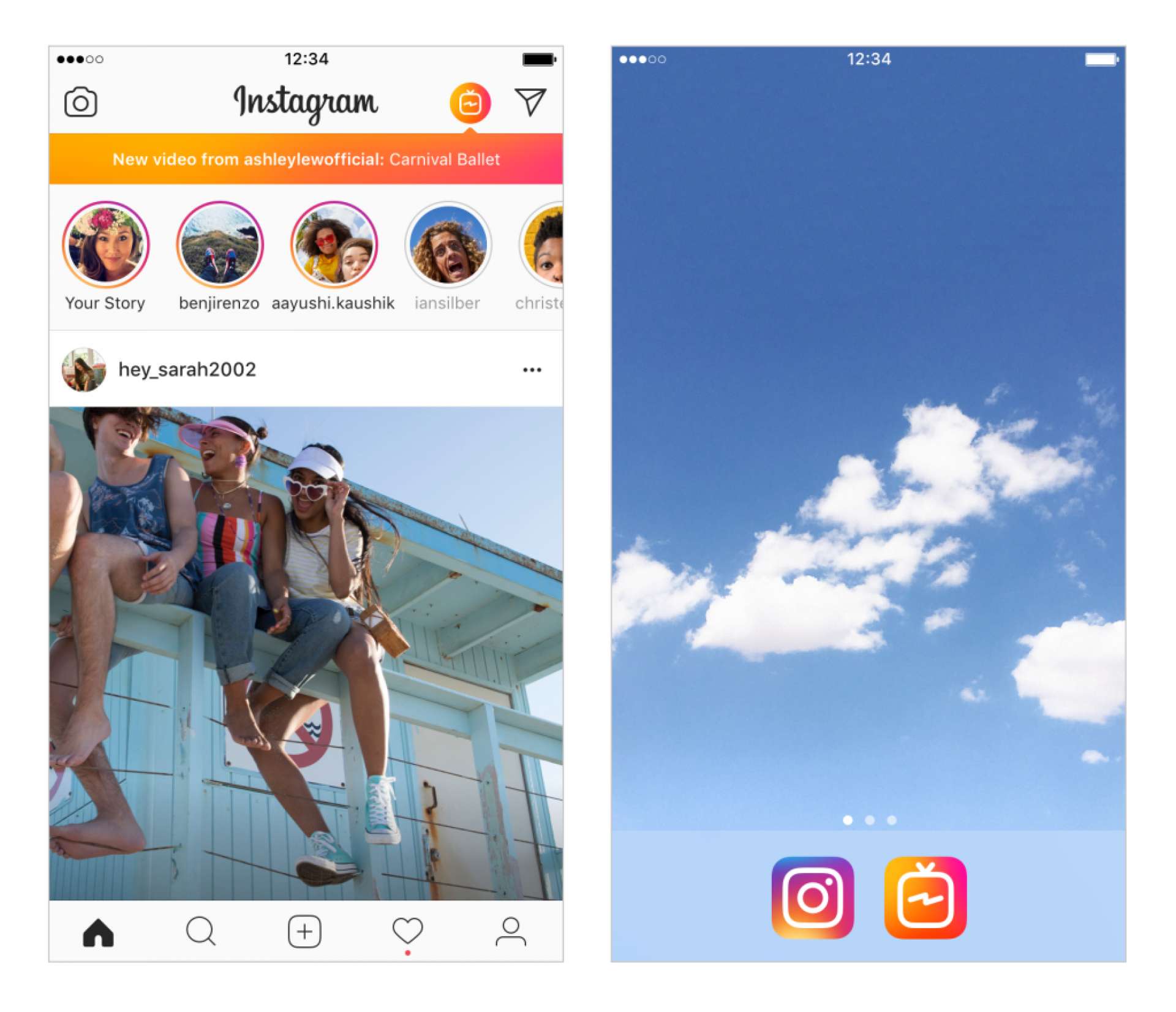This week, Facebook unveiled a major shift for Instagram: Instagram TV, a new way to binge watch content from the service and a platform for creators to distribute on.
Dubbed IGTV, it's a doozy for YouTube: there's now a dedicated hub to endlessly watch content from friends, creators and original ideas without tapping, and it works on every platform. Creators can now upload content from desktop computers to the product for the first time, and the format allows up to an hour for video.
We'll see if it pans out, but I suspect it will have success based on the popularity of Instagram Stories alone, and the fact that creators will have a new hub to place their content on other than YouTube for the first time. What's more interesting, however, is that this is Facebook signaling a huge shift away from its own flagship product.
Instagram, the new Facebook

Instagram is a product that has been in flux ever since it began adding Stories to the product just a few short years ago, but one thing is clear from this move: Instagram is the star child. It's incredible, but Instagram is Facebook now, much more than than Facebook.com is for the company.
Facebook's core website isn't dead, but it's rotting, and that's intentional. People use it as a place to check in on things, but don't tend to post there as much, or only post life events. It's now the white pages, a directory we refer to occasionally and serves as the source of all truth, but isn't exactly fashionable.
As Facebook has shifted its focus to Instagram, WhatsApp and Messenger, the core product has languished. Sure, it's a cash cow for the company and a source of the majority of its revenue, but Facebook can see the writing on the wall: it's not going to grow much further.
The tide has shifted away from permanently sharing on a wall, memorialized forever on the internet, toward ephemeral. We don't want things to last forever, and the next generation of social media is based around this idea.
As a result, the Newsfeed is largely on life support. New things are gradually added, but otherwise it's there as a conduit: a means to an end for the new focus at the company, on emerging products and different ways of sharing.
Instagram has moved from a product on the sidelines, to the full focus of the company. It now has commerce, live streams, video, photos, posts, profiles and so on, making it the natural successor to Facebook.com.
Avoiding irrelevance
Facebook's willingness to turn away from its core product is perhaps why it's been able to outpace the slow plodding irrelevance that eventually consumed every social network before it. As the core product languishes, Facebook is already a step ahead, looking beyond it.
Apple used a similar strategy for a decade. The iPod was a stellar device that only saw diversification such as colors, different editions and so on toward the end of its life cycle -- to squeeze the last bit of cash out of it.
As the the iPod peaked, Apple was willing to cannibalize its own cash cow by introducing the iPhone, which did much of its functionality with a single device and eventually became the new cash cow.
Facebook is on track to do the same with Instagram. One billion people now use Instagram regularly, and it's the new Newsfeed. It's now the place you get updates from Stories, or more formal photos, and can be entertained as well. There's a reason Instagram TV launched there, and the same reason will see many other flagship ideas added on top later.
It's incredible to see Facebook quietly reinventing itself, amid a tough year for the company. By betting that Instagram is the next Newsfeed the company is able to capture the next generation of users that won't ever sign up to Facebook, or already have one but rarely post. It's the ultimate hedge against the infinite cycles of internet cool, and it's clearly paying off.
This post was originally published in my weekend newsletter, which you can get first here.

